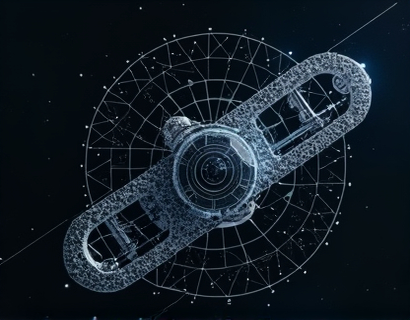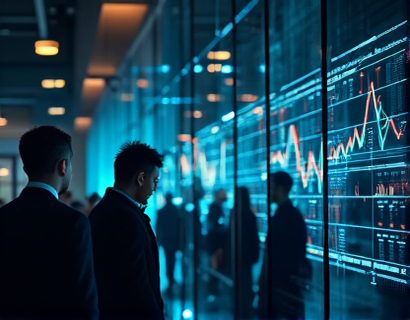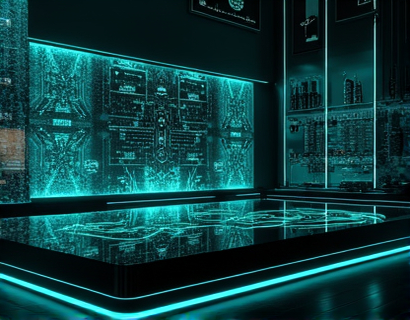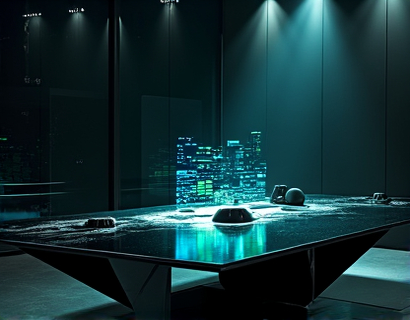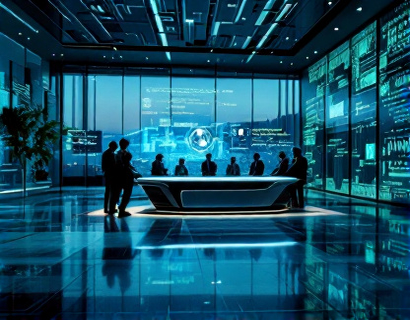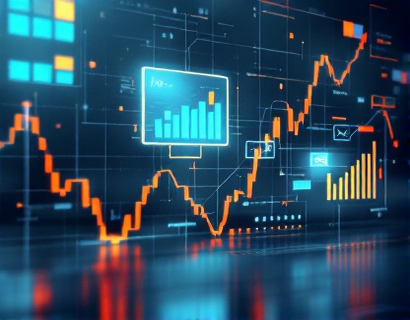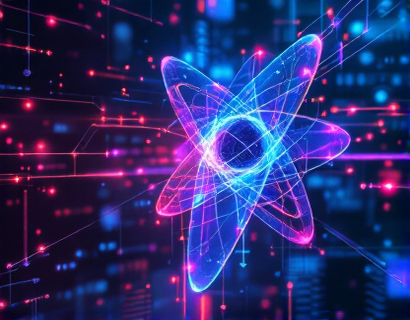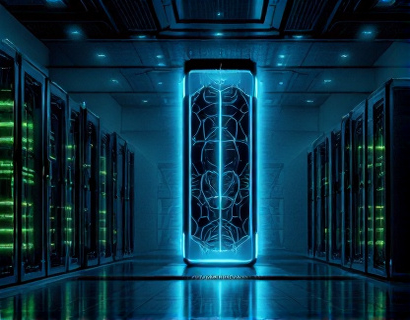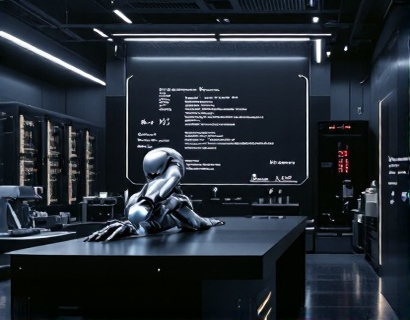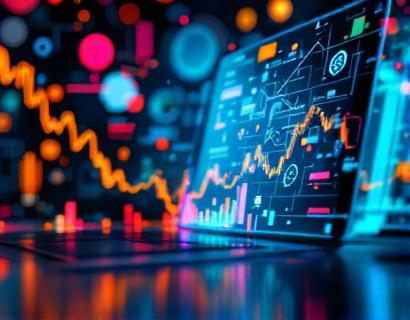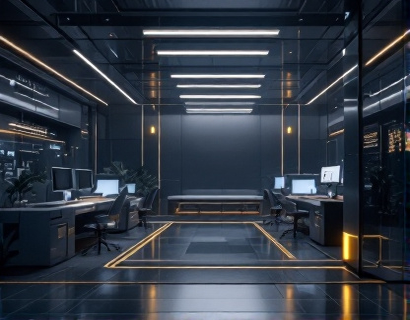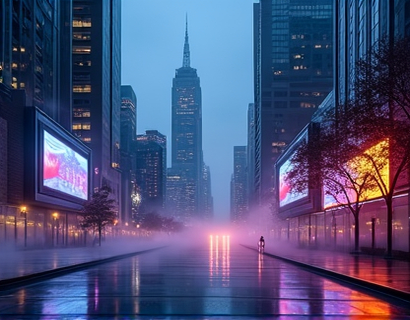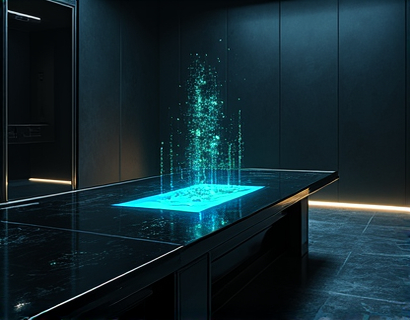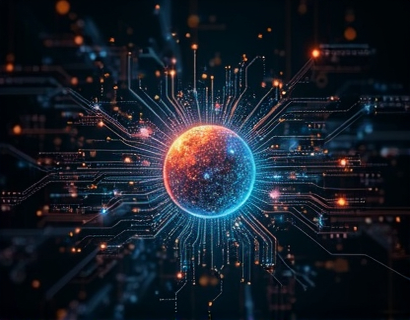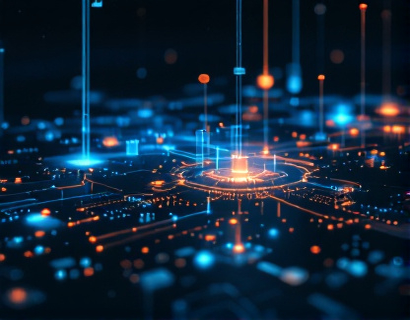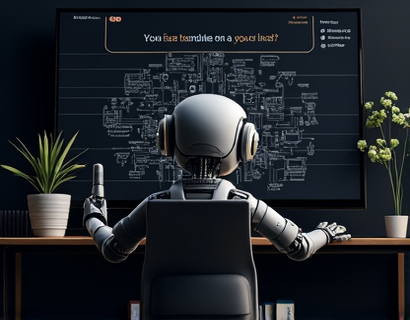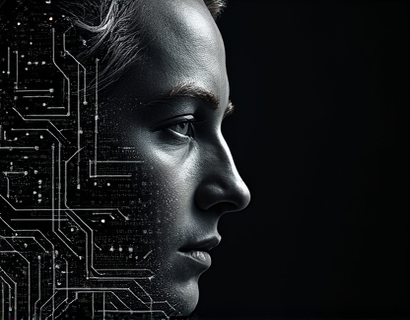Streamlining Event Production with Advanced Lighting and Sound Hardware Solutions
In the dynamic world of event production, the integration of cutting-edge lighting and sound hardware is pivotal for creating memorable experiences. The ability to seamlessly control and manage these systems can significantly enhance the overall audio-visual impact of an event. This article delves into the importance of utilizing advanced hardware management software to streamline and optimize the performance of lighting and sound systems, ensuring unparalleled reliability and ease of use.
Understanding the Complexity of Event Audio-Visual Systems
Event production involves coordinating multiple elements, with lighting and sound being among the most critical. These systems require precise control to achieve the desired effect, whether it's a corporate conference, a music festival, or a theatrical performance. Traditional methods of managing these systems can be cumbersome, often leading to delays and technical issues. The introduction of sophisticated hardware management software addresses these challenges by providing a centralized platform for control and integration.
Advantages of Advanced Hardware Management Software
The primary benefit of employing advanced hardware management software is the significant reduction in complexity. These tools offer a user-friendly interface that simplifies the process of controlling and monitoring lighting and sound equipment. Key advantages include:
- Centralized Control: All devices can be managed from a single point, reducing the need for multiple interfaces and consoles.
- Enhanced Reliability: Automated systems minimize human error, ensuring consistent performance throughout the event.
- Real-Time Monitoring: Operators can monitor system status and receive alerts for potential issues, allowing for proactive problem-solving.
- Customizable Scenes: Pre-set scenes can be quickly activated, streamlining transitions and enhancing the overall flow of the event.
Seamless Integration of Lighting and Sound Systems
One of the most significant challenges in event production is integrating lighting and sound systems to work harmoniously. Advanced hardware management software facilitates this integration by providing a unified control environment. This means that lighting cues can be synchronized with sound tracks, creating a cohesive and immersive experience for the audience. The software can handle complex tasks such as:
- Syncing Light and Sound: Ensuring that visual and auditory elements are perfectly aligned, enhancing the emotional impact of the performance.
- Automated Sequencing: Creating and executing intricate sequences that would be difficult to manage manually.
- Scalability: Easily adapting to different event sizes and configurations without compromising performance.
Optimizing Performance with Advanced Control Features
Advanced hardware management software offers a range of control features that optimize the performance of lighting and sound systems. These features include:
- Dimming and Brightness Control: Precise adjustment of light intensity to create the desired ambiance or highlight specific areas.
- Color Mixing: Ability to mix different colors to achieve a wide spectrum of hues, enhancing the visual appeal.
- Movement and Pattern Control: Dynamic lighting effects that can be programmed to move across the space or create intricate patterns.
- Volume and EQ Adjustment: Fine-tuning of sound levels and equalization to ensure clear and balanced audio.
User-Friendly Interfaces for Effortless Operation
The complexity of modern lighting and sound systems can be daunting, but advanced hardware management software addresses this by providing intuitive interfaces. These interfaces are designed to be accessible to both technical experts and those with minimal training. Features such as:
- Graphical User Interfaces (GUIs): Visual representations of the system layout make navigation straightforward.
- Drag-and-Drop Functionality: Simplifies the setup of cues and scenes, reducing the learning curve.
- Template Management: Saving and recalling pre-set configurations for different parts of the event.
- Remote Access: Ability to control systems from a distance, which is particularly useful for large venues or multiple locations.
Enhancing Creativity and Flexibility
The creative potential of event production is greatly enhanced by the use of advanced hardware management software. These tools empower event planners and production managers to push the boundaries of what is possible. Key benefits include:
- Innovative Visual Effects: The ability to create and execute complex lighting designs that were previously unachievable.
- Customizable Audio Experiences: Tailoring soundscapes to fit the specific needs and atmosphere of each event.
- Real-Time Adjustments: Making on-the-fly changes to lighting and sound to adapt to unforeseen circumstances or audience reactions.
- Collaboration Tools: Facilitating communication and coordination among the production team, ensuring everyone is on the same page.
Case Studies and Real-World Applications
To illustrate the practical benefits of advanced hardware management software, consider a few real-world applications:
A major music festival utilized a hardware management system to synchronize lighting and sound across multiple stages. The system allowed for seamless transitions between acts and ensured that the visual and auditory elements were perfectly aligned. As a result, the festival received widespread praise for its polished and professional presentation.
In a corporate conference setting, a large conference center implemented a hardware management solution to handle the complex audio-visual requirements of multiple sessions. The centralized control system enabled smooth switching between presentations, with lighting and sound adjusted in real-time to match the content. This not only improved the attendee experience but also reduced the workload for the technical team.
Future Trends in Event Technology
The landscape of event technology is continually evolving, with new advancements promising to further enhance the capabilities of lighting and sound systems. Some emerging trends include:
- Integration with AI and Machine Learning: Systems that can learn and adapt to user preferences, automating routine tasks and optimizing performance.
- Wireless Technology: Eliminating the need for extensive cabling, making setup faster and more flexible.
- Immersive Experiences: Utilizing advanced lighting and sound to create fully immersive environments, such as virtual and augmented reality experiences.
- Sustainability Focus: Developing energy-efficient solutions that reduce the environmental impact of event production.
Conclusion
The integration of advanced lighting and sound hardware solutions, managed through sophisticated software, represents a significant leap forward in event production. These tools not only streamline the technical aspects but also enhance the creative potential, leading to more impactful and memorable events. As technology continues to advance, the possibilities for innovation in this field are vast, promising even greater improvements in reliability, ease of use, and overall quality.



